Here we are in September. Four months left to make or break your sales goals for the year. So what does your does your sales funnel look like? Plenty of hot prospects ready to buy or a bunch of maybes with people wanting to take some time to think about it? If it is between “No” and “Maybe”, give serious consideration to taking the “No” because the worst response you can get is “Maybe”. “No” gives you finality so you can move on and seek other opportunities. “Maybe” will never get you to your business goals.
Don’t accept Maybe, move it to a Yes or a No but don’t leave it sit. Maybe doesn’t get you a sale, it stalls your business. It keeps you in limbo thinking that you might get a Yes if you just wait. I was once strung along by a Maybe on a potential big sale for over six months. Not only did the Maybe not lead to a sale it took focus away from real opportunities.
“Maybe” is a disguised objection.There is a reason your prospect will not take action. It is your job to continue to ask questions to determine why they are saying Maybe. Is it that they need to talk to someone else? Do not have the money to buy? Do they never intend to buy and hope by saying Maybe you will just go away? You need to understand the reason.
Here are some points to think about related to your sales process that can help you avoid Maybe.
Really understand what the prospect wants and needs. Get them to articulate the problem and really acknowledge they have a problem. It is not a problem that they will take action on until they admit it is a problem.
The prospect needs to define the economic consequences of the problem. If they tie dollars and cents to the problem they will be more likely to take action. Remember they have been living with the problem for a while. It is your job to make it clear what living with the problem is costing the prospect.
Know the difference between committed funding and budgeted funding.
- Committed funding is dollars that are ready and accessible to spend to solve the problem.
- Budgeted funding means dollars were put into the budget to address the problem but the funds may or may not be there to be actually be spent.
Beware of “Give me a proposal”. Based on the your sales discussion and discovery you should know if it is really time for a proposal. If it seems that the conversation all of the sudden accelerated to “give me a proposal” you are probably getting a backhanded Maybe.
Understand who is the final decision maker. “Who can kill the deal?” The Chief Technology Office may be the decision maker but the CEO may decide to kill the deal and go another direction. In that case you want to make sure you speak to the CEO.
Believe in your product and your business and don’t take Maybe for an answer. Your sales results will thank you.


